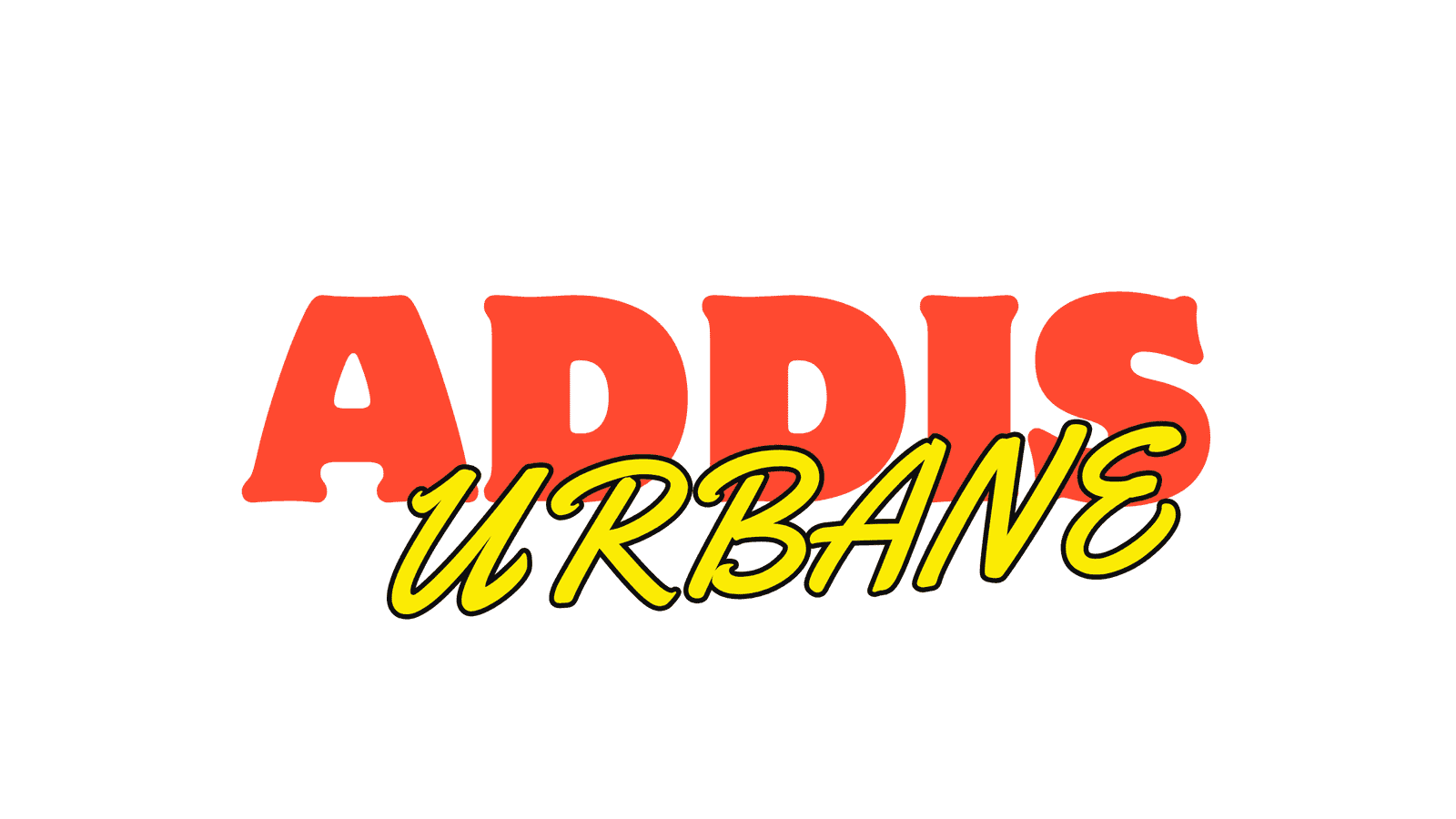AI start-up Anthropic is transforming its plans to permit minors to utilize its generative AI systems– in particular scenarios, at the very least.
Announced in a post on the business’s main blog site Friday, Anthropic will certainly start allowing teenagers and preteens make use of third-party applications (yet not its very own apps, always) powered by its AI versions as long as the designers of those applications carry out particular security functions and reveal to customers which Anthropic innovations they’re leveraging.
In a support article, Anthropic listings a number of precaution devs developing AI-powered applications for minors need to consist of, like age confirmation systems, web content small amounts and filtering system and instructional sources on “secure and accountable” AI usage for minors. The business likewise states that it might offer “technological actions” meant to customize AI item experiences for minors, like a “child-safety system punctual” that designers targeting minors would certainly be called for to carry out.
Devs utilizing Anthropic’s AI versions will certainly likewise need to follow “appropriate” youngster security and information personal privacy laws such as the Kid’s Online Personal privacy Security Act (COPPA), the united state government legislation that safeguards the on the internet personal privacy of youngsters under 13. Anthropic states it prepares to “regularly” audit applications for conformity, putting on hold or ending the accounts of those that continuously break the conformity demand, and mandate that designers “plainly state” on public-facing websites or paperwork that they remain in conformity.
” There are particular usage situations where AI devices can use substantial advantages to more youthful customers, such as examination prep work or tutoring assistance,” Anthropic composes in the message. “With this in mind, our upgraded plan permits companies to include our API right into their items for minors.”
Anthropic’s modification in plan comes as youngsters and teenagers are progressively transforming to generative AI devices for aid not just with schoolwork yet individual problems, and as competing generative AI suppliers– consisting of Google and OpenAI– are checking out even more usage situations targeted at youngsters. This year, OpenAI developed a new team to examine youngster security and announced a collaboration with Good sense Media to work together on kid-friendly AI standards. And Google made its chatbot Poet, given that rebranded to Gemini, offered to teenagers in English in picked areas.
According to a poll from the Facility for Freedom and Modern technology, 29% of youngsters report having actually made use of generative AI like OpenAI’s ChatGPT to handle anxiousness or psychological wellness problems, 22% for problems with buddies and 16% for family members problems.
Last summer season, institutions and universities rushed to outlaw generative AI applications– specifically ChatGPT– over worries of plagiarism and false information. Ever since, some have reversed their restrictions. However not all believe generative AI’s possibility permanently, indicating surveys like the U.K. Safer Net Centre’s, which located that over fifty percent of youngsters (53%) record having actually seen individuals their age usage generative AI in an unfavorable method– as an example developing credible incorrect info or photos made use of to distress somebody (consisting of pornographic deepfakes).
Require standards on child use of generative AI are expanding.
The UN Educational, Scientific and Cultural Company (UNESCO) late in 2014 pushed for federal governments to control making use of generative AI in education and learning, consisting of carrying out age limitations for customers and guardrails on information security and individual personal privacy. “Generative AI can be an incredible possibility for human growth, yet it can likewise trigger damage and bias,” Audrey Azoulay, UNESCO’s director-general, stated in a news release. “It can not be incorporated right into education and learning without public interaction and the required safeguards and laws from federal governments.”

